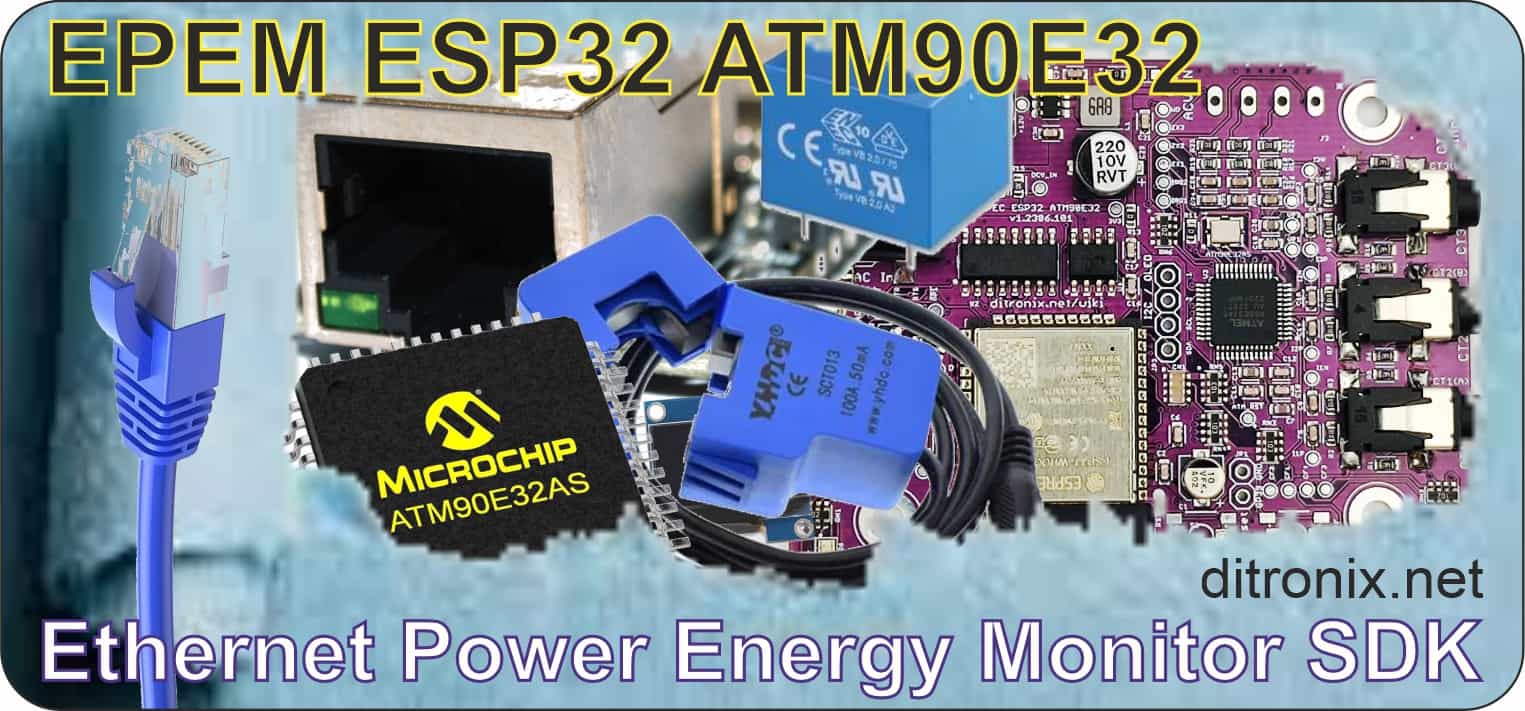The New PoE Ethernet EPEM (Ethernet Power Energy Monitor) board is in the design stages:
Following a couple of weeks technical pondering, I now have a ballpark for the EPEM board design outline and the proof of concept and design is now underway.
Below is an overview (in no particular sort order), of some of the many areas being covered in this board R&D, all of which reflect in the design, prototyping, build and manufacturing costs.
- ATM90E32 and/or ATM90E36
- ESP32 Variant
- Backup WiFi/BT (or Not)
- IPEM/IPEC Design Continuity
- Ethernet Controller PHY SPI Interface and Protocols
- Wake Up over UDP
- Voltage and Noise Tolerance
- PoE Standard(s) and Compliance to 802.3at Type 1 (802.3af)
- PoE Galvanic Isolation and Safety
- PoE Voltage Range
- Power Device (PD), Controller
- Power Demands and Management
- Thermal Protection and Shutdown/Reset
- PoE Operating Distance (Power and Data) >= 100m?
- Lightning Surge Protection
- ESD Protection
- Transient Voltage Suppression
- On Board Power DC-DC
- Target EMC Compliance (Ideally the more stringent Class B)
- Target EMI Compliance (Ideally 4kV C, 8kV A, 10 V/m RFI)
- Component Density v Power/Temperature
- Operating Temperature Range
- Temperature Sensing
- Low Voltage Reset and Brown Out (BOR)
- Board Size, Layers, Stack etc.
- Testability and Test Points
- Flying Probe Testing
- Cost, Manufacturability and Line Testing
- Continuity of IPEM/IPEC Code Base
- IPEC Expansion Port Compliance
Now the above ‘shopping’ list is broadly complete, the design can move forward.
Should you have any thoughts, or have a challenging application and would like to beta test a board, please let me know.
